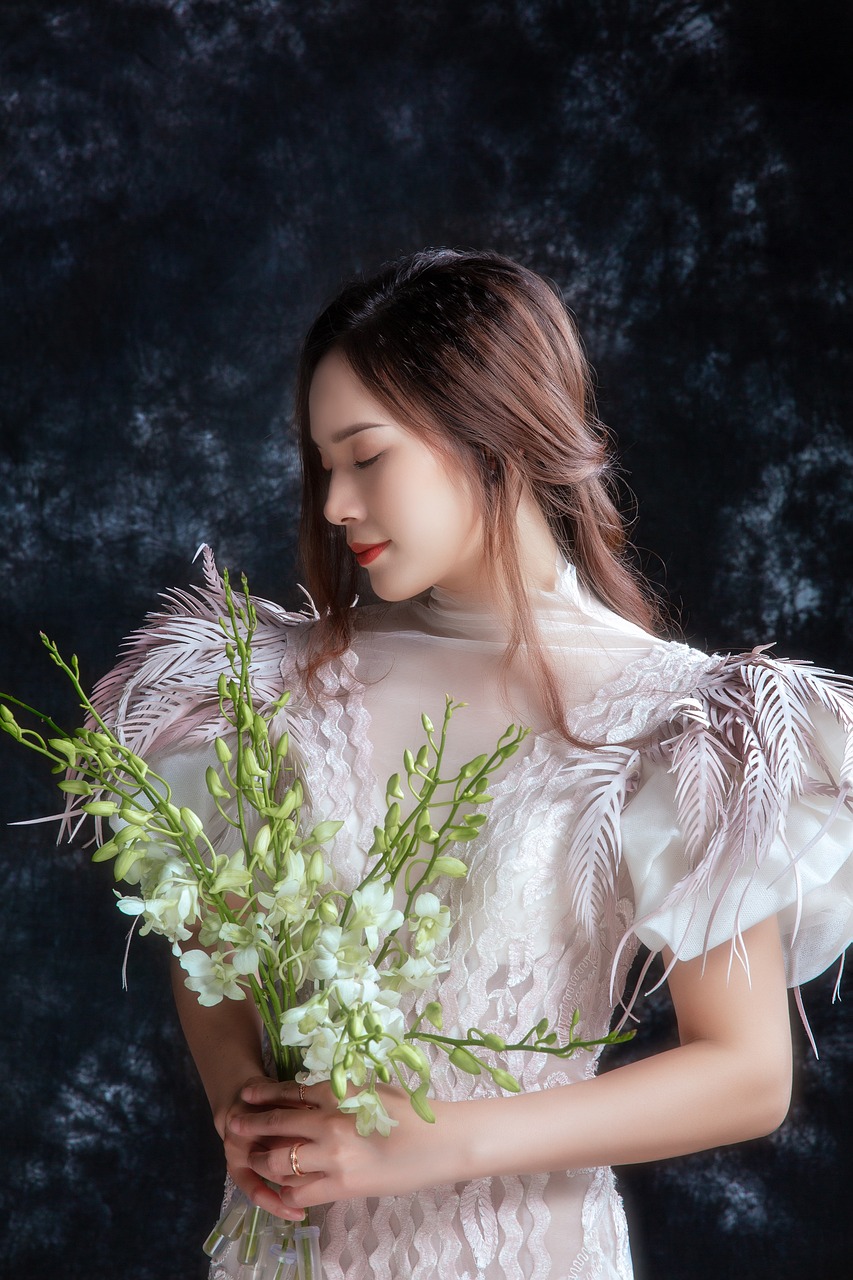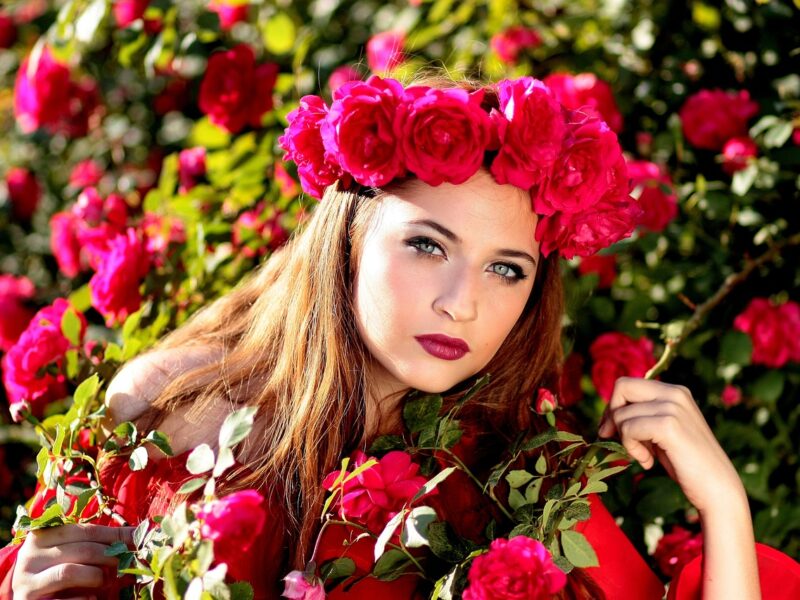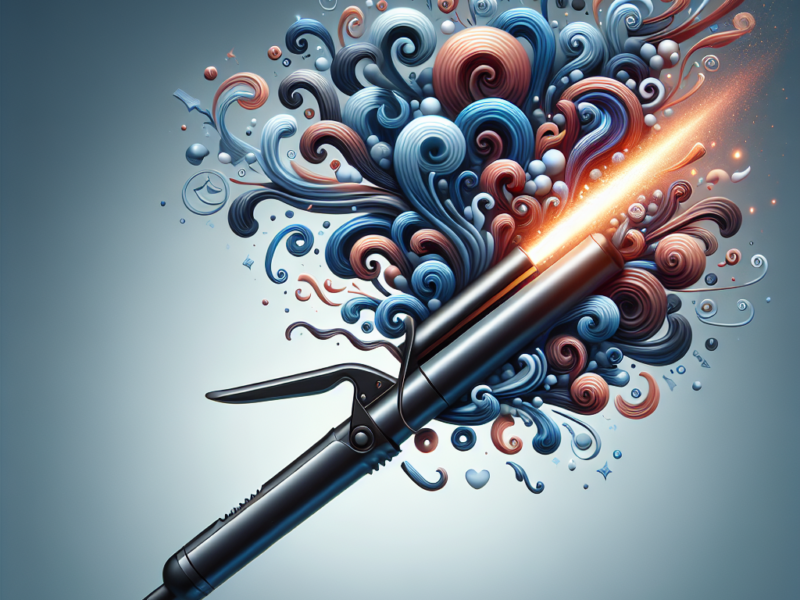Hairstyle in Chinese culture has been a popular subject of discussion for centuries. Chinese people are known for their unique hairstyle, which is both stylish and practical. The Chinese culture is full of creativity and innovation when it comes to hairstyle and fashion. In this blog, we’ll explore the history, common styles, popular looks, and even tips for styling your hair in Chinese. So, let’s get started!
Introduction to Chinese Hairstyle
For thousands of years, Chinese hairstyle has played an important role in Chinese culture. The hairstyle is a reflection of one’s social class, age, and marital status. From the Han Dynasty to the Qing Dynasty, Chinese hairstyles have evolved over time and are now widely seen in modern Mandarin. The Chinese hairstyle is not just about the look, but it is also about the meaning behind it.
In Chinese culture, hairstyle is a symbol of identity and a way of expressing oneself. The right hairstyle can make a person look more attractive and attractive hairstyle can boost one’s confidence. The Chinese hairstyle is also a reflection of one’s personality and style. It is a part of one’s culture, and it is a way to express one’s individualism.
History of Chinese Hairstyle
The history of Chinese hairstyle dates back to the Han Dynasty (206 BCE – 220 CE). During this period, people wore their hair in a single braid or a double braid. This hairstyle was known as the “Hua” or “Hua Zhi” in Chinese. The single braid was usually worn by unmarried women, while the double braid was worn by married women.
During the Tang Dynasty (618 – 907 CE), hairstyle in Chinese culture became more diverse. Men and women both began to wear their hair in several different styles. Men would often wear their hair in a topknot or in a ponytail. Women would often wear their hair in a bun or in a braid.
In the Song Dynasty (960 – 1279 CE), Chinese hairstyle became even more diverse. Men and women both began to wear their hair in different styles such as the “Bai Jia” or “Bai Jia Zi” in Chinese. This style was worn by both men and women and consisted of several long braids.
In the Ming Dynasty (1368 – 1644 CE), Chinese hairstyle underwent a major change. Men began to wear their hair in a topknot and women began to wear their hair in a bun. This hairstyle was known as the “Dai” or “Dai Zhi”. This hairstyle was a symbol of beauty and elegance and was also seen as a sign of wealth and status.
Common Hairstyles in Chinese Culture
Chinese hairstyle is unique and diverse. There are several common hairstyles seen in Chinese culture. These hairstyles are divided into two categories: traditional and modern.
Traditional hairstyles in Chinese culture include the “Bai Jia”, “Hua”, “Dai”, “Tou”, “Lan”, and “Yun” in Chinese. The “Bai Jia” is a style of single braid worn by unmarried women. The “Hua” is a double braid worn by married women. The “Dai” is a topknot worn by men. The “Tou” is a ponytail worn by men. The “Lan” is a bun worn by women. The “Yun” is a style of long braids worn by both men and women.
Modern hairstyles in Chinese culture include the “Dai”, “Tou”, “Lan”, “Yun”, and “Xiao” in Chinese. The “Dai” is a long topknot worn by men. The “Tou” is a short ponytail worn by men. The “Lan” is a bun worn by women. The “Yun” is a style of long braids worn by both men and women. The “Xiao” is a style of short braids worn by both men and women.
Popular Hairstyles from Different Eras
Hairstyle in Chinese culture has evolved over time, and different hairstyles have become popular in different eras. In the Han Dynasty, the single braid was the most popular hairstyle for women. In the Tang Dynasty, the topknot was the most popular hairstyle for men. In the Song Dynasty, the “Bai Jia” was the most popular hairstyle for both men and women. In the Ming Dynasty, the “Dai” was the most popular hairstyle for men and the bun was the most popular hairstyle for women.
Different Types of Haircuts for Men and Women
In Chinese culture, there are several different types of haircuts for men and women. For men, the most popular haircuts include the “Dai”, “Tou”, “Lan”, and “Xiao” in Chinese. The “Dai” is a long topknot worn by men. The “Tou” is a short ponytail worn by men. The “Lan” is a bun worn by men. The “Xiao” is a style of short braids worn by men.
For women, the most popular haircuts include the “Bai Jia”, “Hua”, “Dai”, “Tou”, “Lan”, and “Yun” in Chinese. The “Bai Jia” is a style of single braid worn by unmarried women. The “Hua” is a double braid worn by married women. The “Dai” is a topknot worn by women. The “Tou” is a ponytail worn by women. The “Lan” is a bun worn by women. The “Yun” is a style of long braids worn by women.
Popular Hairstyles for Women in Modern Mandarin
In modern Mandarin, the most popular hairstyles for women include the “Bai Jia”, “Hua”, “Dai”, “Tou”, “Lan”, and “Yun” in Chinese. The “Bai Jia” is a style of single braid worn by unmarried women. The “Hua” is a double braid worn by married women. The “Dai” is a topknot worn by women. The “Tou” is a ponytail worn by women. The “Lan” is a bun worn by women. The “Yun” is a style of long braids worn by women.
These hairstyles are often seen in modern Mandarin culture. Women in modern Mandarin often wear their hair in a single braid, a double braid, a topknot, a ponytail, a bun, or a style of long braids. These hairstyles are stylish and practical, and they can be seen in all kinds of occasions.
Popular Hairstyles for Men in Modern Mandarin
In modern Mandarin, the most popular hairstyles for men include the “Dai”, “Tou”, “Lan”, and “Xiao” in Chinese. The “Dai” is a long topknot worn by men. The “Tou” is a short ponytail worn by men. The “Lan” is a bun worn by men. The “Xiao” is a style of short braids worn by men.
These hairstyles are often seen in modern Mandarin culture. Men in modern Mandarin often wear their hair in a topknot, a ponytail, a bun, or a style of short braids. These hairstyles are stylish and practical, and they can be seen in all kinds of occasions.
Popular Accessories for Hairstyles in Chinese Culture
In Chinese culture, there are several popular accessories for hairstyles. These accessories include hairpins, headbands, ribbons, and hairpieces. Hairpins are often used to secure the hair in a certain style. Headbands are often worn to add a touch of color and style to the hairstyle. Ribbons are often used to decorate the hairstyle and to add a touch of elegance. Hairpieces are often used to add volume and texture to the hairstyle.
Tips for Styling Your Hair in Chinese
If you are interested in styling your hair in Chinese, there are several tips you should keep in mind. First, make sure to choose a style that suits your face shape and features. Second, use accessories such as hairpins, headbands, ribbons, and hairpieces to add a touch of style to your hairstyle. Third, use products such as gels and waxes to add texture and hold to your hairstyle. Fourth, use hair oils and conditioners to keep your hair healthy and to protect it from damage. Lastly, make sure to take care of your hair and to keep it clean and healthy.
Conclusion
Hairstyle in Chinese culture is an important part of one’s identity and a way of expressing oneself. From the Han Dynasty to the Qing Dynasty, Chinese hairstyles have evolved over time and are now widely seen in modern Mandarin. There are several common hairstyles seen in Chinese culture, including traditional and modern styles. Popular hairstyles from different eras include the single braid, topknot, ponytail, bun, and long braids. Different types of haircuts for men and women include the “Dai”, “Tou”, “Lan”, and “Xiao” in Chinese. Popular hairstyles for women in modern Mandarin include the “Bai Jia”, “Hua”, “Dai”, “Tou”, “Lan”, and “Yun” in Chinese. Popular hairstyles for men in modern Mandarin include the “Dai”, “Tou”, “Lan”, and “Xiao” in Chinese. Popular accessories for hairstyles in Chinese culture include hairpins, headbands, ribbons, and hairpieces. Lastly, keep in mind these tips for styling your hair in Chinese: choose a style that suits your face shape and features, use accessories to add a touch of style, use products to add texture and hold, use hair oils and conditioners to keep your hair healthy, and take care of your hair.
Hairstyle in Chinese culture is an important part of one’s identity and culture. Through this blog, we have explored the history, common styles, popular looks, and even tips for styling your hair in Chinese. We hope this blog has been helpful and has inspired you to explore the beauty of hairstyle in Chinese culture.


